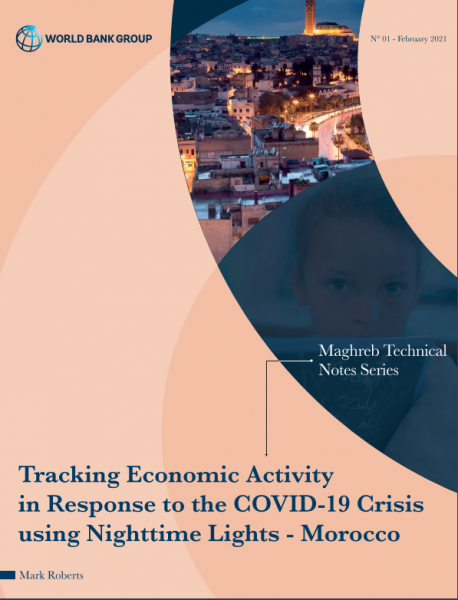Report by Deloitte: “…This “digital divide” was first noted more than 25 years ago as consumer communications needs shifted from landline voice to internet access. The economics of broadband spawned availability, adoption, and affordability disparities between rural and urban geographies and between lower- and higher-income segments. Today, the digital divide still presents a significant gap after more than $100 billion of infrastructure investment has been allocated by the US government over the past decade to address this issue. The current debate regarding additional funds for broadband deployment implies that further examination is warranted regarding how to get to broadband for all and achieve the resulting economic prosperity.
Quantifying the economic impact of bridging the digital divide clearly shows the criticality of broadband infrastructure to the US economy. Deloitte developed economic models to evaluate the relationship between broadband and economic growth. Our models indicate that a 10-percentage-point increase of broadband penetration in 2016 would have resulted in more than 806,000 additional jobs in 2019, or an average annual increase of 269,000 jobs. Moreover, we found a strong correlation between broadband availability and jobs and GDP growth. A 10-percentage-point increase of broadband access in 2014 would have resulted in more than 875,000 additional US jobs and $186B more in economic output in 2019. The analysis also showed that higher broadband speeds drive noticeable improvements in job growth, albeit with diminishing returns. As an example, the gain in jobs from 50 to 100 Mbps is more than the gain in jobs from 100 to 150 Mbps….(More)”.

